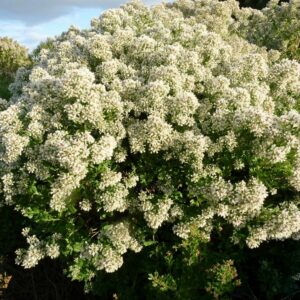- Ph: (631) 801-2855
- All Visits by Appointment Only
- info@linatives.com
- My Account
This hickory has bark that peels in long, tough curls off the straight trunk. It is a large tree growing 60-80 ft., and sometimes reaching 120 ft. in height. The tree maintains its central stem high into the narrow, oblong crown. The bright, yellow-green, pinnately-compound leaves become golden in early fall, eventually drying to a warm bronze. The thick-shelled hickory nuts are edible. Wild trees and improved cultivated varieties produce commercial hickory nuts. Carolina Hickory (var. australis (Ashe) Little), a variety found in southeastern mountains, has small lance-shaped leaflets and small nuts.
$29.99
Please note: Most pictures represent mature plants. Unless otherwise specified, all of our plants are sold in 4″ pots to make shipping possible and will mature in time.
Learn more about how the process works and how our plants are delivered.



| Size | 2 Gallon, 3 Gallon |
|---|---|
| Moisture | |
| Native | |
| Sunlight | |
| Wetland Indicator |
This hickory has bark that peels in long, tough curls off the straight trunk. It is a large tree growing 60-80 ft., and sometimes reaching 120 ft. in height. The tree maintains its central stem high into the narrow, oblong crown. The bright, yellow-green, pinnately-compound leaves become golden in early fall, eventually drying to a warm bronze. The thick-shelled hickory nuts are edible. Wild trees and improved cultivated varieties produce commercial hickory nuts. Carolina Hickory (var. australis (Ashe) Little), a variety found in southeastern mountains, has small lance-shaped leaflets and small nuts.






